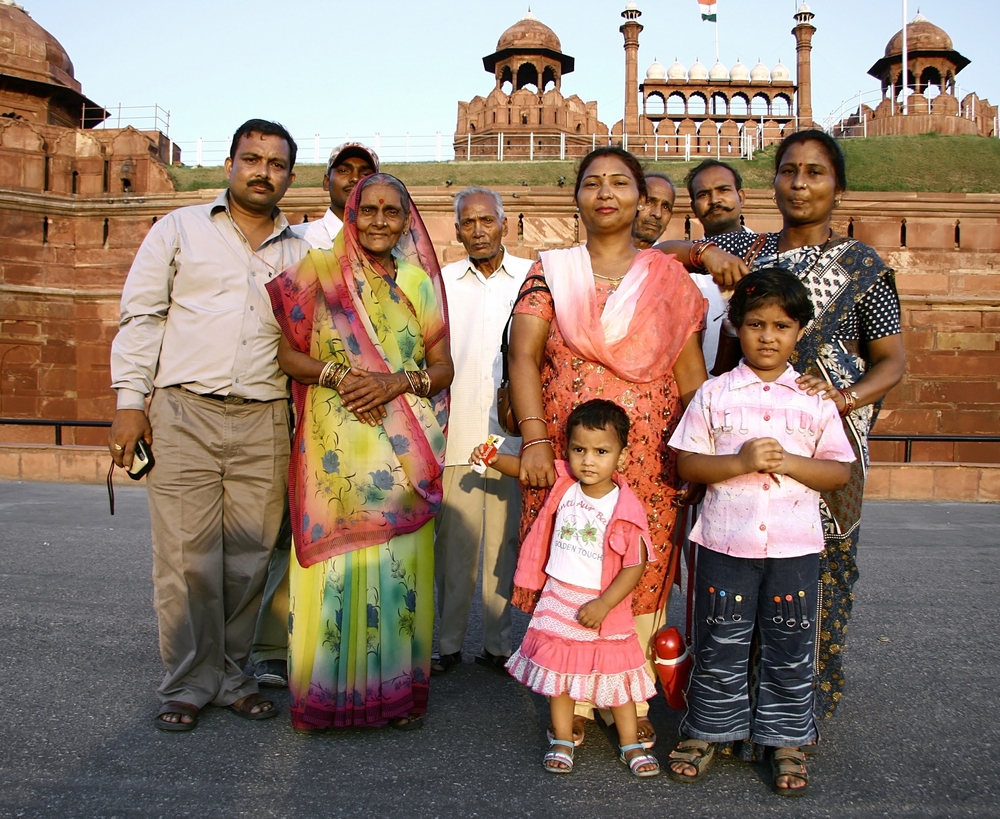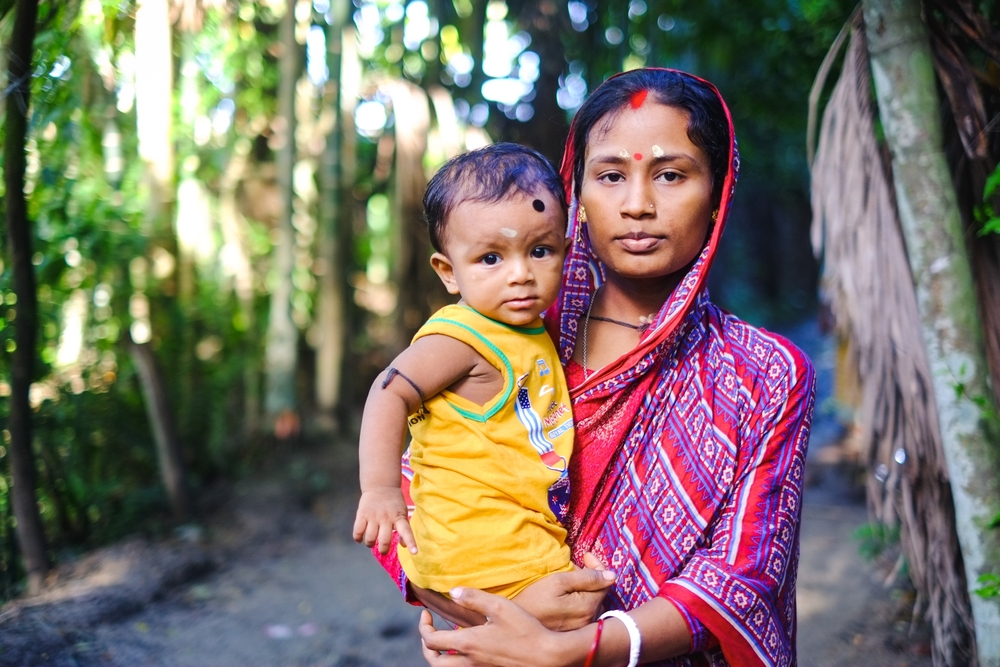Life Stages: Family and Parenting
The traditional Indian joint family typically has three generations living together: grandparents, parent, and children. Within these generations, the nuclear family consists of parents and two or three children. In rural areas, often five or six children fill the households. The average number of children per family has declined from around five in the 1960s to three at present.
Ingrained Attitudes
Despite certain gender bias against the female child in the rural areas, children remain essential to the Indian family and to carrying on the institutions of marriage and the family themselves. In the swarming villages of India, society sees children, especially male children, as significant future contributors to the family income. Generally, however, they are regarded as the carriers of the family name and lineage.
The great significance of gender order in India elevates boys to "preferred" status, especially as the first born. Family hierarchy is very important in child bearing; mothers-in-law harass and unfavorably compare elder daughters-in-law unable to bear children, to the younger, childbearing daughters-in-law. Women carry out the role of nursing and rearing the children, while the men provide for the family. Increasingly in urban areas, women with children are joining the workforce and contributing to the family income, although men are still reluctant to reciprocate by assuming or sharing in child-rearing responsibilities.
Traditional Roles
Men typically considered the head of the households and chief decision makers in India now encounter many urban, educated, working women who are becoming increasingly assertive and participating in decision-making along with men.
In India, mothers generally manage the household, while grandmothers manage the household in joint families, until they get too old.
Typical family life in India consists of the father going to work in the morning while the mother sends off the children to school and takes care of infants and house work. In the urban areas, both parents go to work while servants look after preschool children and also attend to the house work. In the evening, the father (or both parents) return home and help the children with homework while the mother prepares dinner. In many households, mothers help children with homework, in addition to their other motherly duties, while the men go out and spend time with the "boys." Culture only allows the mother to eat dinner, a shared meal in many households, after she has served the father and children. Families reserve weekends and holidays for visiting friends and relatives or going to the cinema or other entertainment. Going to the temples or churches and celebrating the numerous festivals together also function as important family activities.
In middle- and upper-class families, children are expected to study until they reach adulthood. In lower-class families, however, circumstances force many children to start work from a very young age to supplement the family income, especially in the poorer rural regions of North India.
Divorce remains less common in India than it is in the West. Divorced women are heavily stigmatized in many parts of India. However, among the educated middle and upper classes, divorce is finding increasing acceptance, albeit with reluctance. Men and women have equal rights to child custody and mothers usually get custody of children, especially female children.
The many matrimonial sites dotting Indian cyberspace help many divorced Indian men and women to remarry with ease.
Duty to parents is considered an essential aspect of the Dharma of an Indian child. Many Indian parents support their children well into adulthood and even after marriage. Traditionally, the eldest son looked after the parents in their old age. Among many Christian communities, the youngest son receives the ancestral home (after the partition of family property) as well as the responsibility to look after the parents.
Many grandparents live with their children in extended families. Recent years have seen an increase in the number of grandparents sent to old age homes by their children, however.
Copyright © 1993—2025 World Trade Press. All rights reserved.

 India
India 
